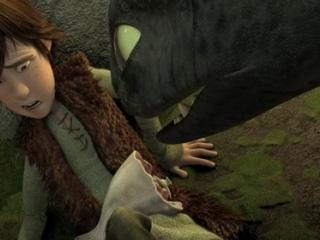 Warm up (whole class):
Warm up (whole class):Imagine your son / daughter invited his boyfriend / girlfriend to your house for the first time. What questions would you ask him or her? Share.
Activity 1:
Organize the words to make questions – Tick the ones you think are more likely to be asked.
- you do alone live ?
- An fly in today you airplane did?
- how earn money do much you ?
- you do where live?
- your what plans are future for the ?
- did for tonight eat pot roast dinner you?
- it was under-cooked?
- you daughter love my do?
- you videos have watched pornographic ever?
- girl did meet you where my?
Activity 2:
Watch the videos and check if your predictions were correct.
Closure:
Role play the scene using the following expressions:
In-law
|
Boyfriend / girlfriend
|
|
|
As a follow up: Students could enter to dvolver.com and create a movie that portrays this situation. Here you have an example:
Here's a presentation I used.
I hope you find it useful.
Regards,
Claudio


.jpg)






